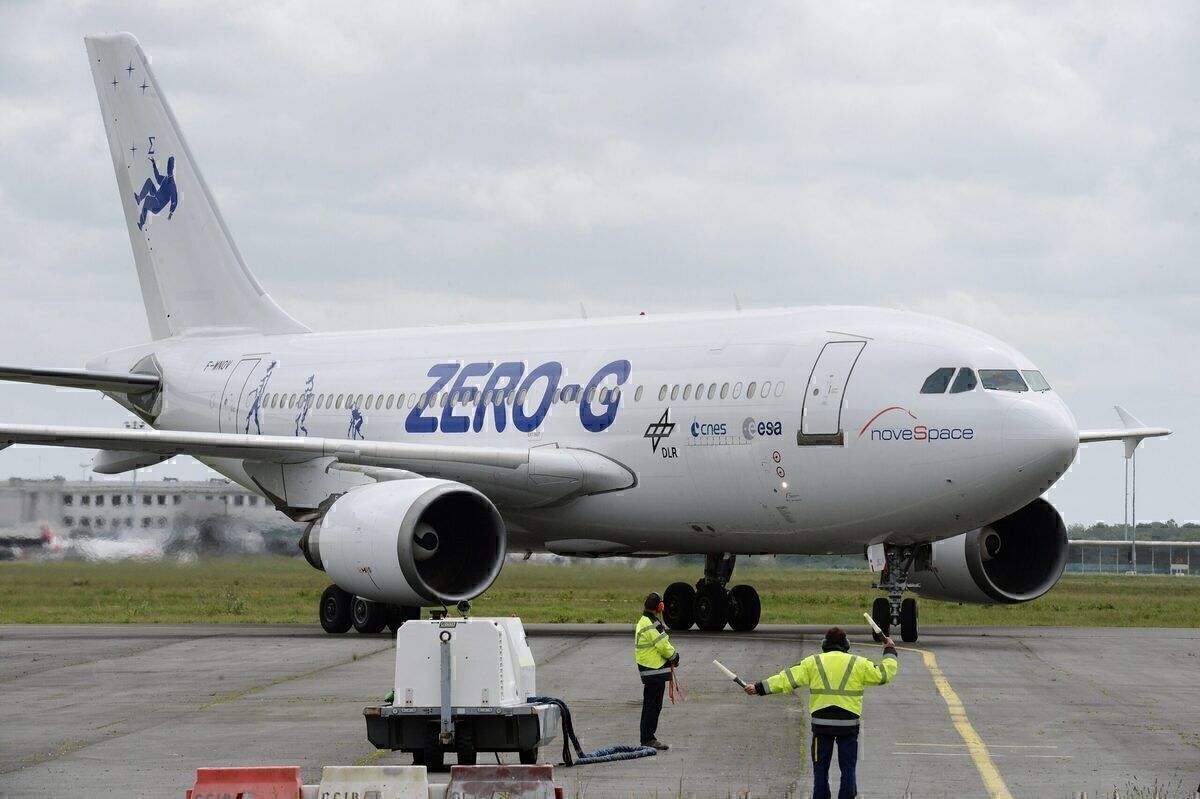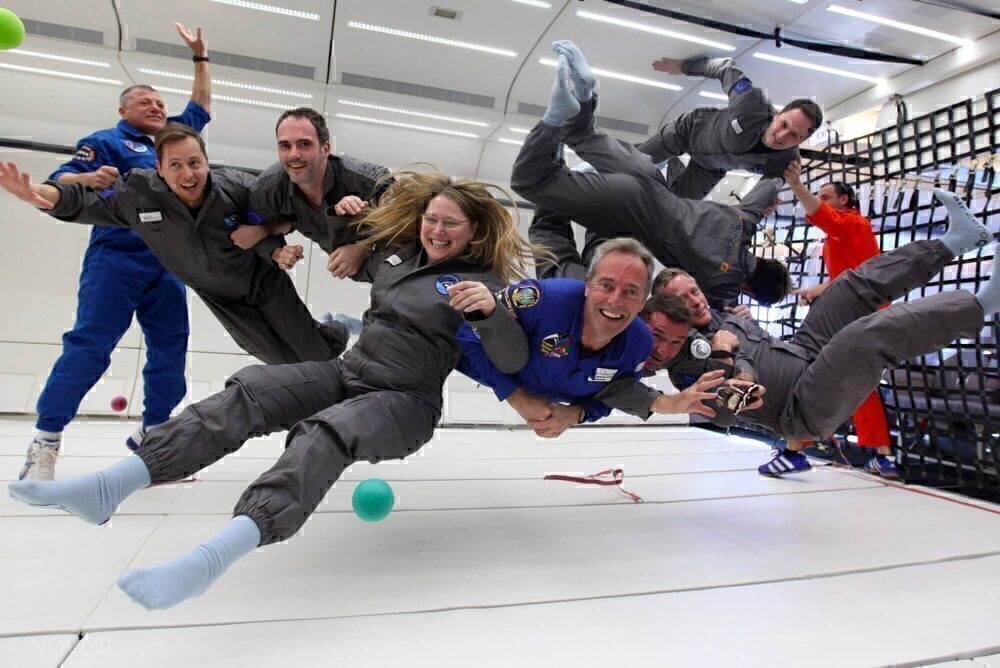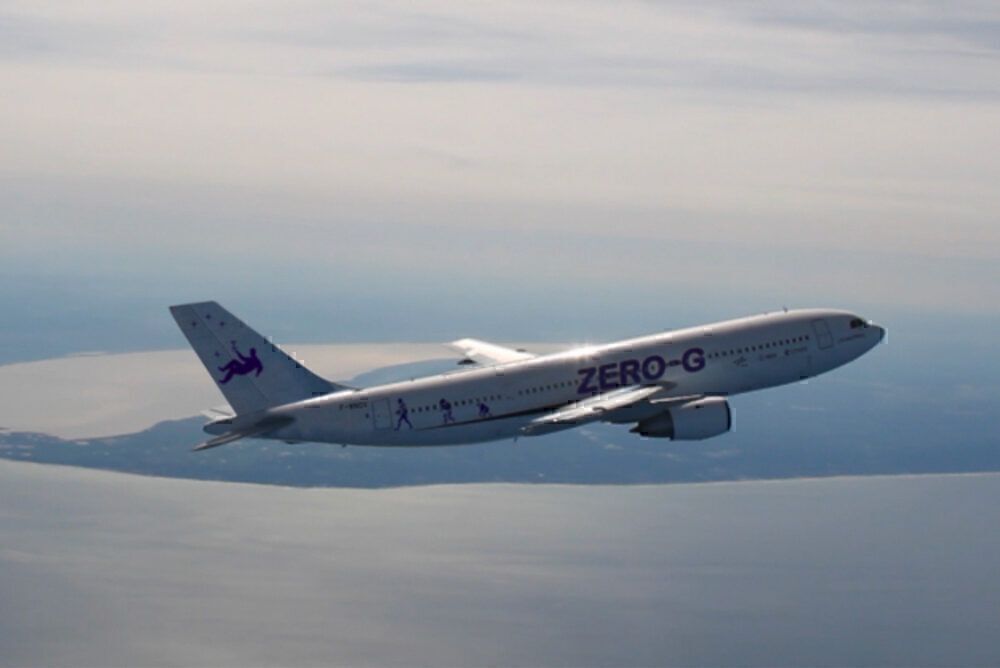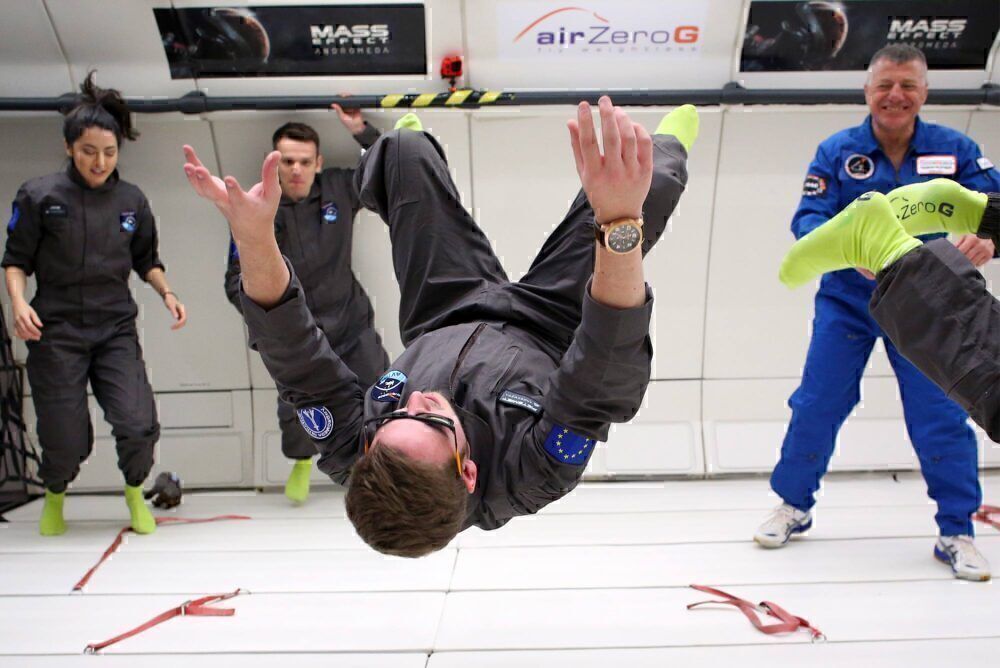Parabolic flights are one way for scientists to study zero-gravity phenomena outside space. Aircraft can achieve zero gravity using a specific flight path, which sees it go in a parabola shape. Zero G flights are also open to the public, allowing everyone to temporarily feel like they are in space. Let's find out how this works.
How it works
Achieving zero gravity while still in the earth's atmosphere requires planes to fly in a precise way. A parabolic flight starts like any other, with the plane taking off from a runway, but that's where things change. Right after takeoff, pilots change the angle of attack to 50° until 6,000 feet, giving passengers a feeling of hypergravity (1.8G). This lasts for about 20 seconds before the pilots enter the parabolic maneuver.
The parabola begins with a so-called "injection," where pilots reduce the speed of the aircraft while moving upwards. The reduction of speed causes gravity to fall to zero (0G), creating a sense of weightlessness among the passengers. This parabola lasts for about 22 seconds, following which pilots increase speed once again.
To exit the parabola and level off, the pilots tilt the plane's nose 42° downward. This tilt once again causes passengers to feel hypergravity (1.8G), and 20 seconds later, the plane is once again level with the earth. Passengers usually see multiple parabolas during a single flight.
Special controls
Parabolic flights are conducted in specialized aircraft due to their complex maneuvering. As mentioned, the French space agency, CNES, currently owns a dedicated Airbus A310 for zero gravity flights. While physically the same as other A310s, it does have slightly different flight controls.
The aircraft is flown by three pilots, all of whom have a separate role during the flight. One pilot controls the aircraft pitch, the second controls the roll, and the third controls the engine speed and checks for warnings. The separated controls ensure almost zero-gravity can be achieved during the flight.
This set-up is different from a commercial A310 since the roll and pitch commands are dissociated from each other, according to Air Zero G. This allows different pilots to control the two functions during the flight.
Open to the public
While parabolic flights are usually reserved for experiments and testing space equipment, the public can experience it too. The French space agency, CNES, offers experience flight with its specially modified A310 Zero G aircraft. Operated by Air Zero G, these flights take place a few times a year and from cities across Europe. However, they aren't cheap.
A usual flight on the Zero G Airbus A310 includes 15 parabolic cycles (giving about five minutes in weightlessness). This one flight would cost passengers from €6,000 to €8,000, definitely not a cheap experience. While it might cost the same as a first class ticket across the globe, this experience is truly one-of-a-kind.
Would you ever fly a zero-gravity flight? Let us know your thoughts in the comments below!




